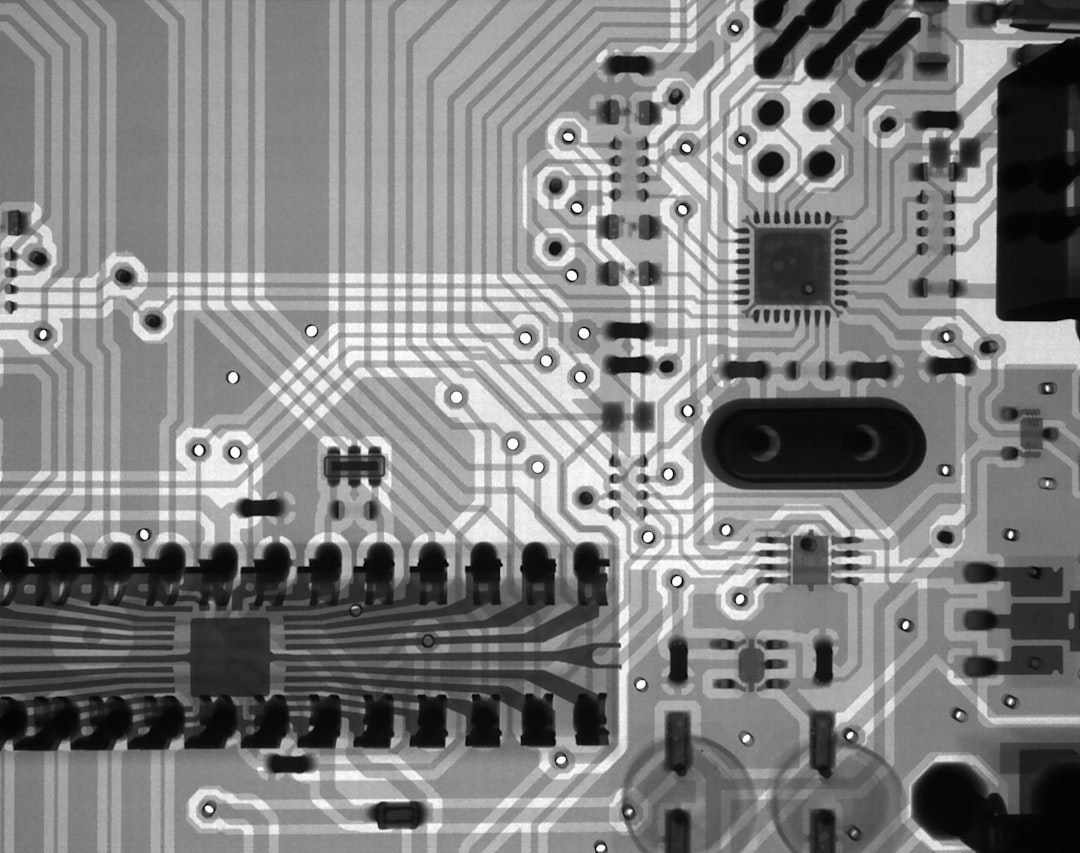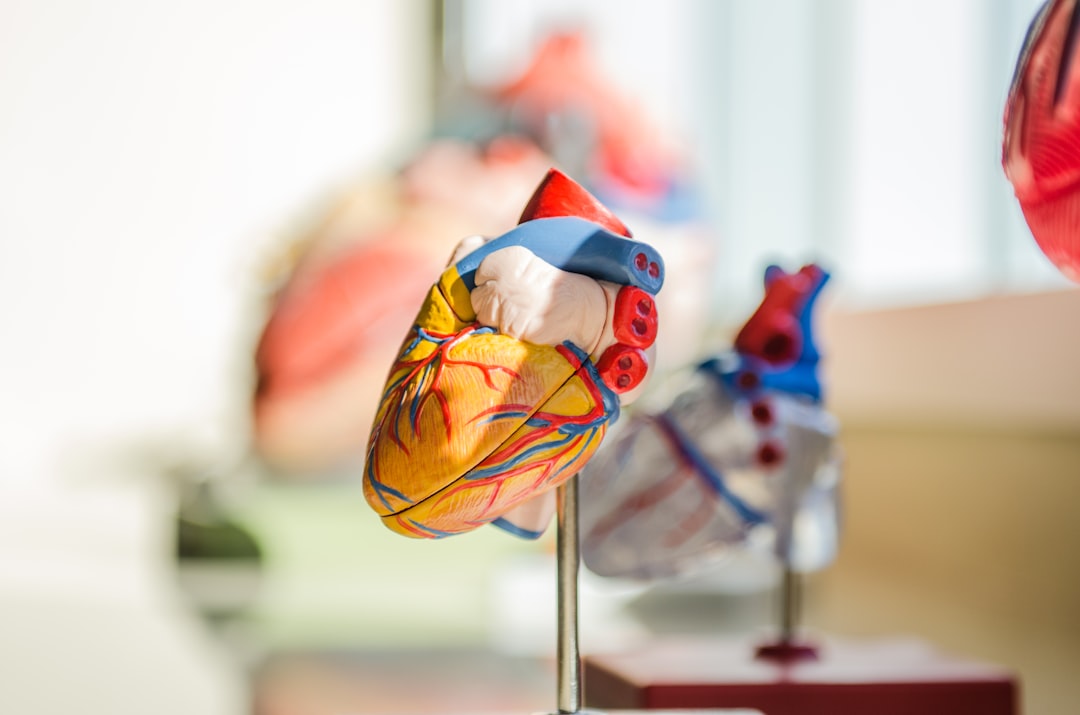Unlock encrypted content
Please enter your SSCE key to initiate on-the-fly decryption.
Decryption key: (Click cancel if you don't have the key)
Copied link to clipboard.
This feature is unavailable for free accounts. Upgrade now and enjoy all Premium benefits.
Go Premium!
This feature is unavailable for free accounts. Upgrade now and enjoy all Premium benefits.
Go Premium!
Please open this page in browser ( Google Chrome or Safari ) to use this feature.
Open In Browser
Real-time File Collaboration: Enhancing Productivity and Efficiency
Random related video for this blog.
Copied share link to clipboard.
With the advancement of technology, teams and individuals can now collaborate on files simultaneously, regardless of their physical location. This article explores the benefits of real-time file collaboration, its impact on productivity, and the importance of data privacy and file access auditing in this context.
The Power of Real-time File Collaboration
Real-time file collaboration enables multiple users to work on a document simultaneously, making it an invaluable tool for teams working on projects that require constant collaboration and input from various stakeholders. This technology eliminates the need for back-and-forth emails or the hassle of merging multiple versions of a document. Instead, all team members can access, edit, and comment on the document in real-time, ensuring everyone is on the same page. One popular example of real-time file collaboration is Google Docs, which allows users to create, edit, and share documents, spreadsheets, and presentations. This cloud-based platform enables multiple users to collaborate on a file simultaneously, with changes being reflected instantly for everyone involved. This not only saves time but also promotes seamless communication and teamwork.Data Privacy and File Access Auditing: Safeguarding Confidential Information
While real-time file collaboration offers numerous benefits, it is crucial to prioritize data privacy and security. Organizations must ensure that sensitive information remains protected, and only authorized individuals have access to it. File access auditing plays a vital role in achieving this. File access auditing allows organizations to track and monitor who accesses specific files, when they access them, and what actions they perform. This level of transparency ensures accountability and helps identify any unauthorized access or potential security breaches. By implementing file access auditing, organizations can safeguard their confidential information and maintain data integrity.Efficient Backup and Recovery Processes: Protecting Valuable Data
In the digital age, data loss can be catastrophic for individuals and businessesalike. Efficient backup and recovery processes are essential to protect valuable data from accidental deletion, hardware failure, or cyber-attacks. Real-time file collaboration platforms often offer built-in backup and recovery features, providing users with peace of mind. One such platform is FileLu, a cloud storage provider that offers efficient backup and recovery processes. FileLu's backup feature ensures that files are automatically backed up, eliminating the risk of data loss. In the event of a file being accidentally deleted or corrupted, users can easily restore previous versions, ensuring business continuity and minimizing disruptions.
Futuristic Transportation: The Role of Drone Technology
Drone technology has gained significant traction in recent years, revolutionizing various industries, including transportation. Drones, also known as unmanned aerial vehicles (UAVs), offer a wide range of applications, from delivering packages to conducting aerial surveys. Their ability to navigate through challenging terrains and reach remote locations makes them ideal for futuristic transportation solutions. For instance, companies like Amazon and UPS have been exploring the use of drones for package delivery. Drones can deliver packages quickly and efficiently, especially in areas with limited road infrastructure. This technology has the potential to revolutionize the logistics industry, reducing delivery times and increasing overall efficiency.Genetic Modification: Advancing Science and Agriculture
Genetic modification, also known as genetic engineering, is a scientific technique that involves altering an organism's DNA to introduce desired traits or characteristics. This technology has revolutionized various fields, including agriculture, medicine, and environmental conservation. In agriculture, genetic modification has been used to develop crops that are resistant to pests, diseases, and adverse environmental conditions. For example, genetically modified crops like Bt cotton have been engineered to produce a toxin that kills certain pests, reducing the need for chemical pesticides. This not only increases crop yields but also minimizes the environmental impact of traditional farming practices.Li-Fi (Light Fidelity): The Future of Wireless Communication
Li-Fi, short for Light Fidelity, is a wireless communication technology that uses light waves instead of radio waves to transmit data. This technology has the potential to revolutionize the way we connect to the internet and communicate wirelessly. Li-Fi works by modulating the intensity of light emitted by LED bulbs to transmit data. These light signals are then received and decoded by photoreceptors, allowing for high-speed data transfer. Unlike traditional Wi-Fi, which operates on congested radio frequencies, Li-Fi offers faster and more secure connections, making it ideal for environments where data security is paramount, such as hospitals, military installations, and financial institutions.Conclusion
Real-time file collaboration, data privacy, efficient backup and recovery processes, futuristic transportation, genetic modification, and Li-Fi are just a few examples of the cutting-edge technologies shaping our world. These advancements not only enhance productivity and efficiency but also have the potential to solve complex problems and improve lives. As we embrace these technologies, it is vital to prioritize data privacy, security, and ethical considerations. Platforms like FileLu provide secure and efficient file collaboration and storage solutions, ensuring the confidentiality and integrity of valuable data. By harnessing the power of these technologies responsibly, we can unlock a future full of possibilities.Frequently Asked Questions (FAQs)
Question: What is real-time file collaboration? Answer:
Real-time file collaboration allows multiple users to work on a document simultaneously, enabling seamless collaboration and eliminating the need for version control.
Question: How does file access auditing protect data privacy? Answer:
File access auditing tracks and monitors who accesses specific files, helping identify unauthorized access and potential security breaches, thus safeguarding data privacy.
Question: How does genetic modification benefit agriculture? Answer:
Genetic modification allows the development of crops that are resistant to pests, diseases, and adverse environmental conditions, increasing crop yields and reducing the environmental impact of farming.
Case Studies Case Study 1: Real-time Collaboration in a Global Team Company XYZ, a multinational corporation, implemented a real-time file collaboration platform to enhance productivity and streamline collaboration among its global teams. The platform allowed team members from different time zones to access and work on documents simultaneously, eliminating delays and improving efficiency. As a result, the company experienced a significant reduction in project turnaround time and increased overall productivity. Case Study 2: Drone Delivery in Remote Areas In a remote village located in a mountainous region, access to essential supplies was a challenge due to the lack of proper road infrastructure. To address this issue, a local nonprofit organization partnered with a drone delivery service. Drones were used to transport medical supplies and other necessities to the village, significantly reducing delivery times and ensuring timely access to vital resources. Case Study 3: Li-Fi in a Hospital Setting A hospital implemented Li-Fi technology to provide secure and high-speed wireless communication within its premises. This technology not only ensured faster and more reliable connections for staff and patients but also enhanced data security, as the signals are confined within the line of sight. This implementation improved overall efficiency and streamlined communication workflows in the hospital.
By Amelia Isabella
Email: [email protected]
Related
Advanced Uploading Tools and Encryption Algorithms for Secure File Management.
June 3, 2023
Read More
Scalable Storage and Cloud Security: Real-time Collaboration and Secure Data...
June 3, 2023
Read More
The Future of Document Storage: Cognitive Computing and Biometric Authentication.
June 3, 2023
Read More
Cloud Computing: Empowering High-Speed File Downloads and Online Collaboration.
June 3, 2023
Read More
Popular
The Future of Digital Transformation: Exploring Smart Homes, Efficient File...
November 30, 2025
Read More
Latest
The Future of Digital Transformation: Exploring Smart Homes, Efficient File...
November 30, 2025
Read More
Exploring the Benefits of Cloud Storage and Innovative Technologies in...
November 26, 2025
Read More
The Future of Technology: Exploring Biohacking, Space Tourism, and Digital...
November 23, 2025
Read More
The Future of File Sharing: Streamlined Workflows for Photographers and...
November 19, 2025
Read More
Exploring the Intersection of Technology: From Cybersecurity to Augmented Reality...
November 16, 2025
Read More
The Future of File Management: Embracing Edge Computing and Efficient...
November 12, 2025
Read More
The Future of File Sharing: Exploring User-Friendly Solutions and Data...
November 5, 2025
Read More
The Future of Cloud Storage: How FileLu Empowers Creative Professionals...
November 2, 2025
Read More
The Future of Autonomous Technologies: Innovations in Robotics, File Sharing,...
October 29, 2025
Read More
Emerging Technologies Revolutionizing File Management: From Li-Fi to Robust Collaboration...
October 26, 2025
Read More
Emerging Technologies: Exploring the Impact of File Access Auditing, Genetic...
October 19, 2025
Read More
The Future of Data Storage: Exploring Advanced Encryption, Mobile Integration,...
October 5, 2025
Read More
Exploring the Future of Data Management: Security, Efficiency, and Cognitive...
September 28, 2025
Read More
Revolutionizing Data Management: Innovations in Storage, Security, and Sustainable Technology.
September 24, 2025
Read More






















